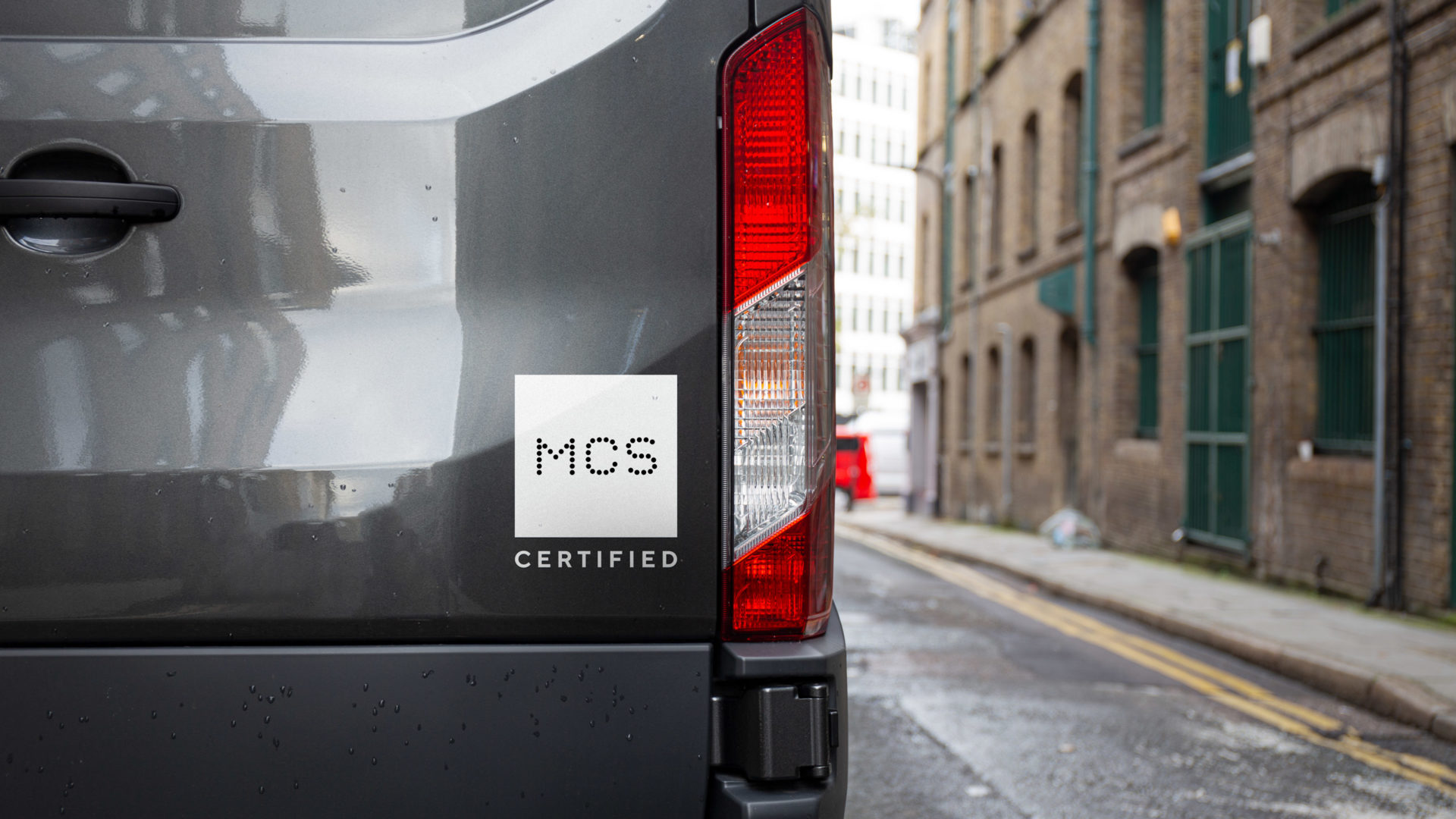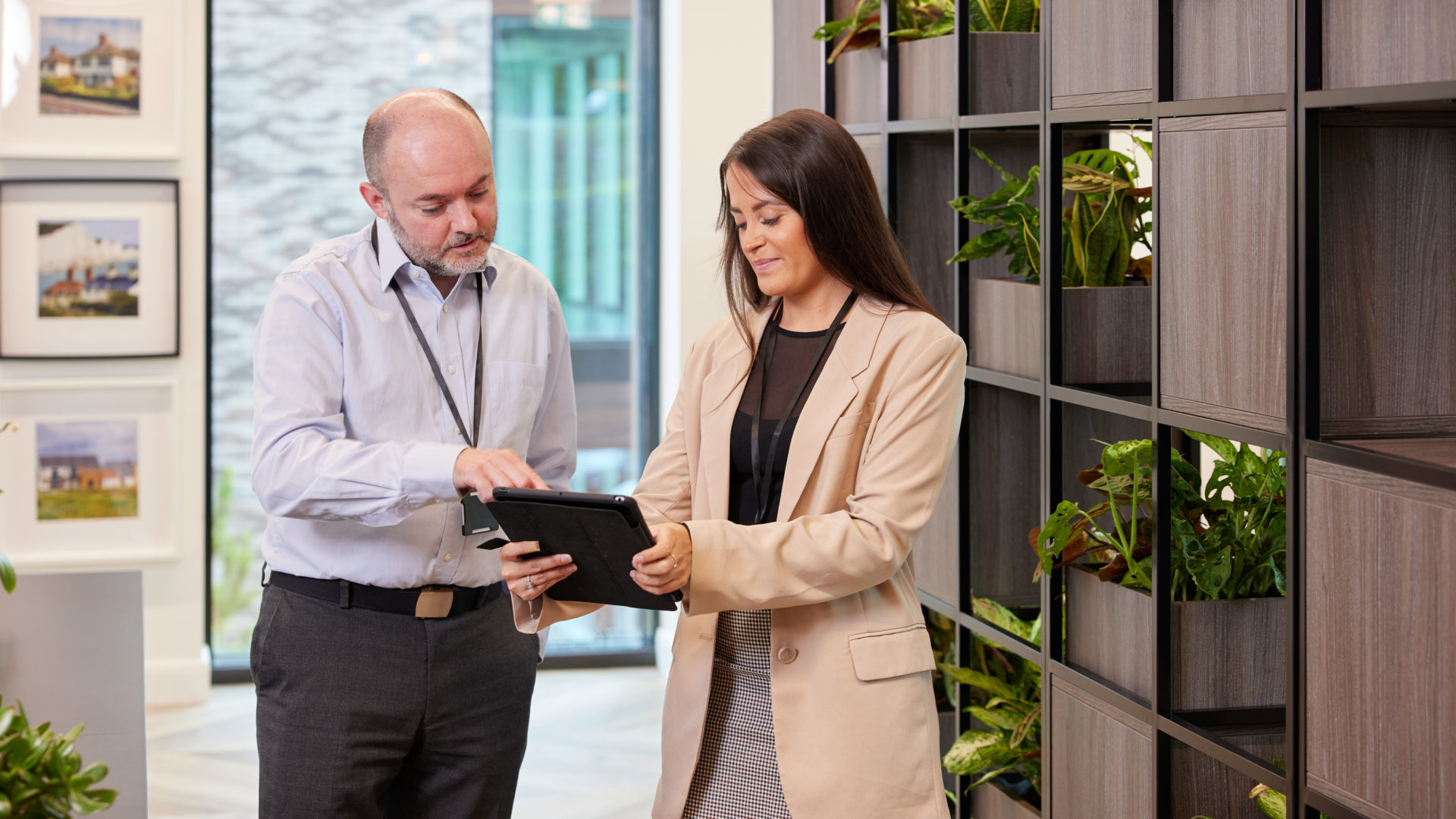Installers & Manufacturers
Demonstrating quality
MCS certification is a mark of quality and demonstrates compliance to industry standards. It is supported by the Department for Business, Energy & Industrial Strategy. MCS certification demonstrates the quality of products and competence of installers in the renewable technology sector.
TYPES OF LOW CARBON TECH COVERED BY MCS
MCS certification covers low carbon installations and products used to produce electricity and heat from renewable sources. The certification covers the following types of technology:
Benefits for installers
YOUR MCS COMMUNITY
Membership of MCS forms a solid base for growing your business. We provide our members with trusted and exceptional opportunities to position your business as a quality, reputable renewable energy installer at the forefront of this growing industry.
Route to Smart Export Guarantee
The Government has confirmed MCS as a route through which households can access the new Smart Export Guarantee (SEG). To be eligible, installations up to and including 50kw in size will then need to use MCS certified products, fitted by an MCS certified installer.
Compliance with insurance requirements
Many insurance companies require MCS for renewable technologies that are installed at a policyholder’s address. MCS cannot be given retrospectively and so not having MCS at the point of installation, may cause issues for your customers when they come to insure their homes.
Access to competitive finance deals
Finance companies can require MCS to enable access to their most competitive lending rates. For these organisations, MCS is seen to reduce their risk under the Consumer Credit Act.
Building Work Compliance
If doing work which involves Building Control regulations or NHBC they will ask for an MCS certificate as a way of demonstrating quality assurance. A number of planning authorities also require an MCS certificate.
PV installations still need to comply with Building Control regulations. To notify under these regulations, installers need to be registered on a Competent Persons Scheme. MCS is the only scheme to prove competence when installing renewables.
MCS certification is also a requirement to meet structural warranty requirements for LABC.
Differentiate Your Business
Let your potential customers know that you are part of a nationally recognised, quality assurance scheme, supported by the Department for Energy Security and Net Zero (DESNZ). You can use the MCS Quality Mark logo on your van, website and marketing materials.
Grow Your Business
Your business listing on the MCS database means you are visible to consumers searching for an approved, reputable Installer.
Government Supported Standards
When registering an MCS certified installation, you are making a clear statement to your customer that the work you have completed complies with the relevant MCS government-supported Standard. Use our Standards to demonstrate your commitment to quality, improve performance, reduce risk, work more sustainably or simply to stay compliant.
Consumer Protection
As an MCS approved contractor, your membership of a Consumer Code, either the Renewable Energy Consumer Code (RECC), The Home Insulation & Energy Systems Contractors Scheme (HIES) or the Glass and Glazing Federation (GGF) ensures your customers are protected by a Trading Standards Institute (TSI) Approved Code of Practice.
MCS works closely with Consumer Codes to identify, expose and if necessary, remove those less reputable organisations from the MCS scheme.
Eligibility for Finance and Incentives
MCS is an eligibility requirement for incentive programmes available, such as the Boiler Upgrade Scheme (BUS).
Benefits for Manufacturers
MCS certification assures suppliers, regulators and consumers that an independent organisation has reviewed a product’s manufacturing process and determined that the product complies with MCS specific standards for quality, reliability and performance.
MCS product certification ensures that your products are compliant with UK regulations and provides manufacturers with the opportunity to position your quality products at the forefront of this growing industry. It also means that customers can rest assured that the renewable systems they choose will deliver the results that manufacturers say they will.
Access to the UK’s small-scale renewable energy market
The vast majority of installers of renewable energy systems in UK homes and small businesses are MCS approved. MCS installers recognise the importance of adhering to MCS Standards, under which only MCS certified products can be deployed. By securing MCS certification for your product, you gain access to the UK’s largest base of small-scale renewable energy installers who under their certification, are obliged to only install MCS certified products.
Quality mark for your product
Maintaining MCS certification is a demonstration of the quality and reliability of your product through its adherence to the UK’s recognised, small-scale renewable energy Standard. The MCS certification mark is therefore a great way to instil consumer confidence in your product and can help differentiate your product from the competition.
Enabling consumer access to export tariffs and government incentives
MCS is the route through which small-scale renewable energy installations can qualify for available export tariffs or government incentives, as determined by UK legislation. For example under the government’s Smart Export Guarantee (SEG), energy suppliers with over 150,000 customers are required to provide customers with an export tariff for their surplus electricity. MCS certification is a qualification requirement under SEG. Energy suppliers are provided with direct access to the MCS Installations Database (MID), so that they can validate whether a customer’s renewable energy system has been installed by an MCS approved installer, using MCS certified products.
Product Directory Listing
Market your product range direct to a captive audience of active Installers via our online Product Directory.

The Government has confirmed MCS as a route through which households can access the new Smart Export Guarantee (SEG). Under this guarantee, homeowners are paid for every unit of electricity they feed back into the grid from their solar panels.
To be eligible, installations up to and including 50kw in size will then need to use MCS certified products, fitted by an MCS certified installer.
Find out more information about SEG, including eligibility requirements and how much consumers can earn by visiting the Government website.
Installers can download an information leaflet about SEG to distribute to homeowners.

The ‘MCS certified’ certification mark and approved logo may only be used by those licensed to do so.
If you are an MCS certified Installer or a Manufacturer with MCS certified products, you will receive an MCS brand pack, including logos, from your Certification Body upon successful completion of the certification process and signing of the Licence Agreement. Compliance with brand guidelines is part of this agreement. MCS will take action against any misuse of the scheme’s logo and certification mark.
Please report any unauthorised use of the MCS branding to our Compliance Team.

Our commitment to comply with MCS Standards is strong.
We work to build and maintain trust and credibility with our member, customers and other stakeholders.
We have a team dealing with reports of compliance violations and fraud incidents. Please email any compliance related concerns to: mcshelpdesk@mcscertified.com
HELPDESK

If you need guidance with using the MID, assistance with Standards or Scheme documents or support with becoming MCS certified, our dedicated MCS Helpdesk Team would be happy to help answer any questions you have.
Call the Helpdesk on: 0333 103 8130
or see other ways of contacting us.
HELP WITH TECHNICAL QUERIES

Our Scheme Support Service can provide technical support and guidance on how to comply with MCS requirements.
If you would like to request assistance from MCS with a query, please complete our Technical Query Form
